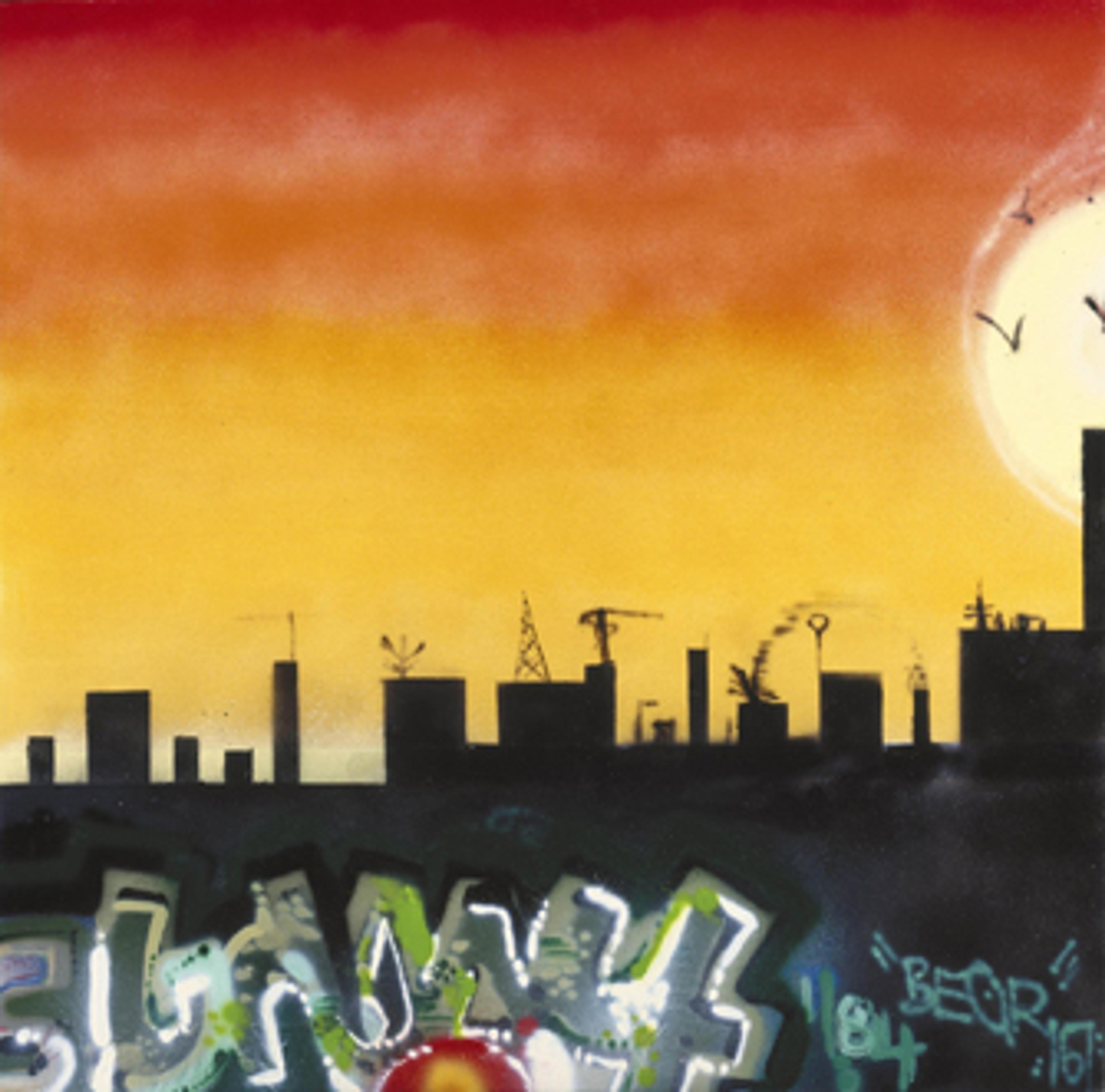Graffiti

An exhibition of twenty large-scale graffiti paintings from such influential artists as Michael Tracy (“Tracy 168”), Melvin Samuels, Jr. (“NOC 167”), Sandra Fabara (“Lady Pink”), Chris Ellis (“Daze”), and John Matos (“Crash”), Graffiti explores how a genre that began as a form of subversive public communication has become legitimate—moving away from the street and into private collections and galleries. Forms of graffiti have been discovered on ancient Roman and Mayan architecture and like today were both illegal and a form of communication. Modern graffiti, which is associated with hip-hop culture and spans all racial and economic groups, began in the mid- to late 1960s; it made its way to New York City and quickly became a phenomenon. Urban youth used the sides of subway trains and buildings as their canvases, reclaiming sections of their neighborhoods by “tagging” them with stylized renditions of their names or the names of the groups they formed. The self-taught graffiti artists turned the walls of public (and sometimes private) buildings into giant panoramas and subway cars into moving murals. Later, graffiti artists began to paint on canvas or large sheets of paper, attracting the attention of art dealers and collectors. One of the first dealers to collect graffiti was Sidney Janis. His heirs Carroll and Conrad Janis donated almost fifty works from his estate to the Brooklyn Museum in 1999. Graffiti is drawn primarily from this gift and supplemented by material the Museum’s Libraries and Archives.
This exhibition is organized for the Brooklyn Museum by Charlotta Kotik, John and Barbara Vogelstein Curator and Chair, Department of Contemporary Art, Brooklyn Museum.
Media sponsor
Organizing department
Contemporary Art
Media
In association with Harry N. Abrams, Inc. and the release of their new publication Graffiti Women: Street Art from Five Continents, the Brooklyn Museum hosted a panel discussion on women’s contributions to graffiti and street art on November 18, 2006. Panelists included Lady Pink, Toofly, Swoon, and Lady K Fever.
Artist Crash started spray-painting murals on the sides of subway cars, on basketball courts, and on building walls more than twenty years ago. Hear him discuss his work in the Brooklyn Museum exhibition Graffiti. This audio file is from a live recording of our Target First Saturday event on July 1, 2006.
Exhibiting artist Lady Pink gives a talk in the Graffiti exhibition gallery. This audio file is from a live recording of our teen program held at the Museum on July 22, 2006.
Brooklyn artist Ellis Gallagher, a.k.a. ©Ellis G., speaks about the history of graffiti, in conjunction with the Brooklyn Museum exhibition Graffiti. This audio file is from a live recording of our Target First Saturday event on July 1, 2006.